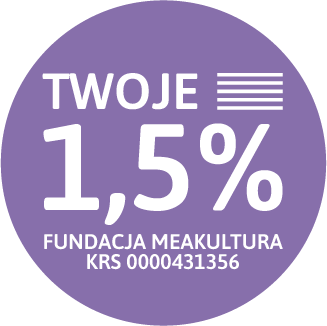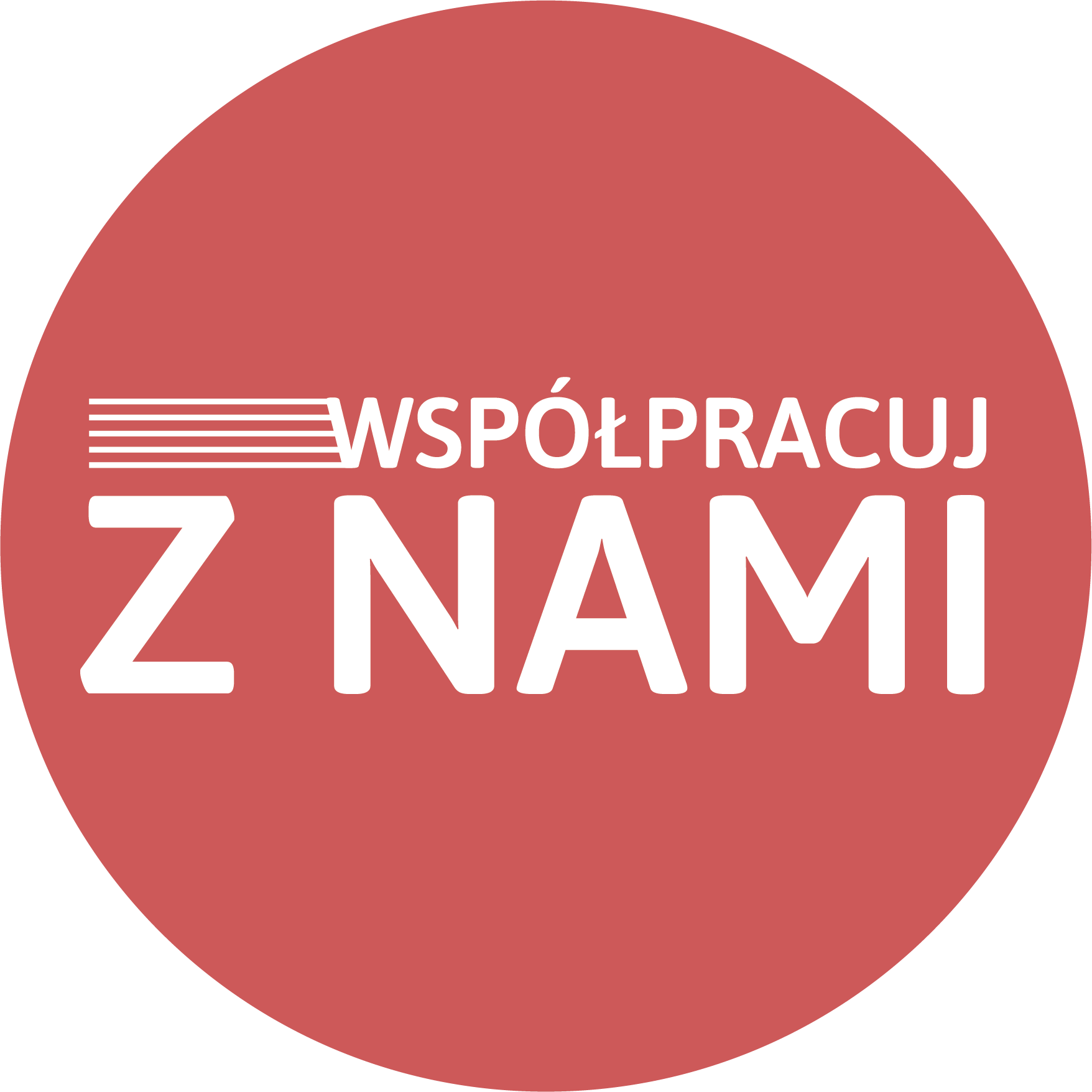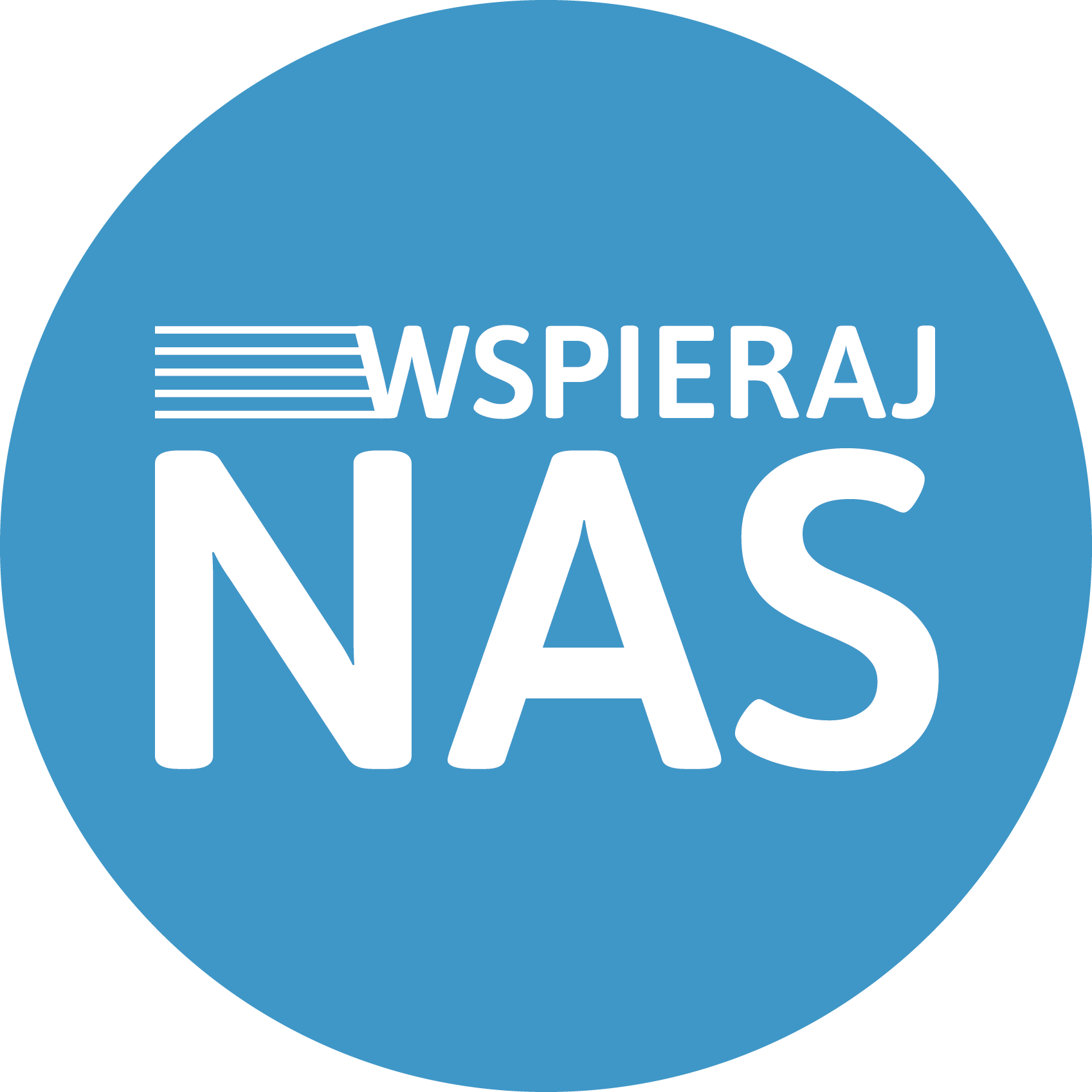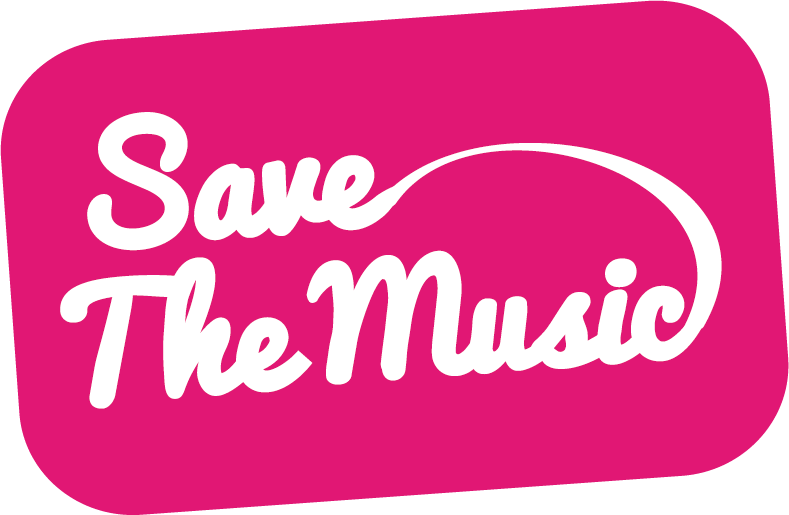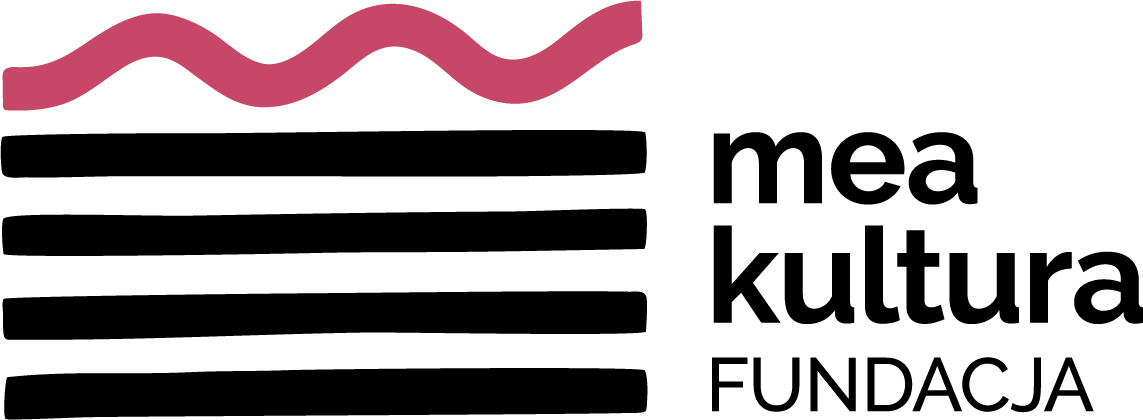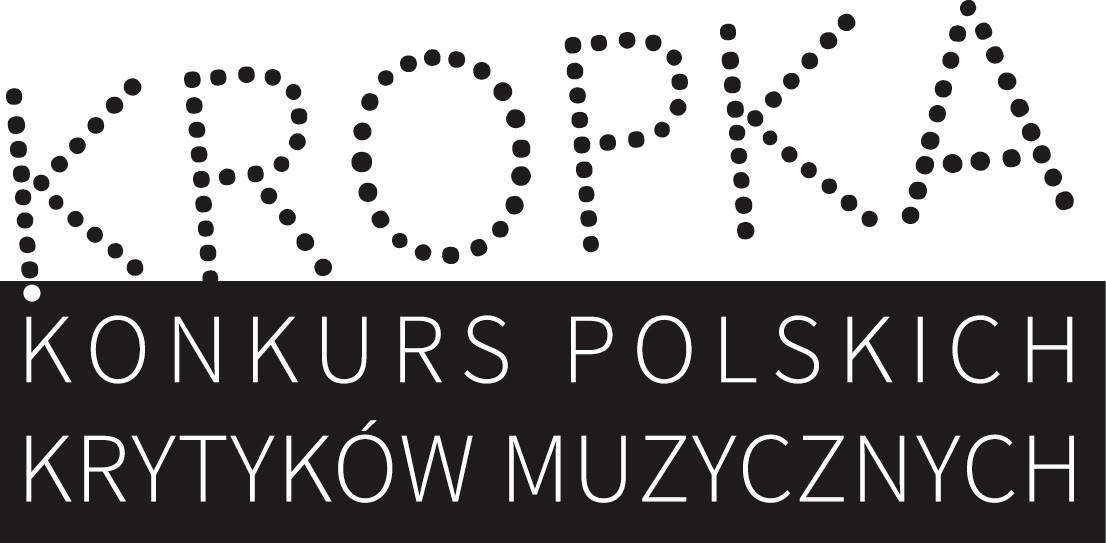Karin Hellqvist is a Swedish violinist who specializes in interpretation of contemporary music. She plays concerts all around the word, collaborates with many composers, gives world premieres as a soloist and a member of ensembles. Last year she performed in Poland at “Warsaw Autumn” Festival and “Słuchalnia” concert cycle in Toruń.
Ewa Chorościan: When did you decide to focus on contemporary music? Did any composer or composition influence your decision or maybe it was a gradual process of studying new music literature?
Karin Hellqvist: I grew up in the countryside in a family of music loving non musicians. Orchestra experience was rare, and I rather enjoyed playing folk music with my sister and friends. I never saw myself in the violin section of an orchestra but I loved to create arrangements, discover new tunes, explore different ways to present music and found great joy in the communication of smaller chamber music settings. I think this urge to create and discover led me to new music. I was fortunate to meet teachers along the way who encouraged me to play new music and introduced me to important composers and works. To start with, music just from the fifties was all new and different to me, but as I started to study at the Royal College in Stockholm I had the chance to discover more recent music and collaborate with composers myself. This happened mainly together with the Stockholm based group Curious Chamber Players with whom I still work. The group then aimed at being a platform for our fellow student composers but also offered me as a musician many possibilities to learn and explore, possibilities I didn’t seem to find in the school’s curriculum. I decided to focus on contemporary music quite early, but also wanted to go through the classical violin literature as well. As a violinist you just have to love the classical repertoire. My creativity is more challenged and alive in new music though, just as I get thrilled by contemporary art or dance.
E.Ch.: You studied in Sweden, Norway, Germany and Great Britain. What are the differences in music education in these countries?
K. H.: In Stockholm I was fortunate to study with violinist Anna Lindal, a real role model when it comes to fearlessly move over genre boundaries. Anna encouraged me to seek out my way in new music. I remember once, while other students played Bach sonatas in the exams I brought in a dance company I collaborated with and performed a 20 minutes staged and super complex solo work by Swedish debated composer Dror Feiler. Finding the right teacher is important and can make things possible although the institution is not in the forefront of up to date art. In Berlin it’s easy to enjoy one of the most buzzing scenes of contemporary music and I would say this weighs up if the school you study at is traditional.
The music scene in Norway and the open atmosphere at the Norwegian Academy of Music in Oslo was something I immediately appreciated. Although far from all students had new music as their focus I felt as if there was an updated atmosphere, curiosity, freshness and ambition in the corridors. I suddenly found myself a member of several ensembles and enjoyed the open concert scene where improvisation and new music merged. I still regard Oslo as my second home and my work base.
[youtube_sc url=PPQJOND0nXA]
In London I had already moved away from the traditional classical music education and I mainly developed my own projects. I used my time there, which is common in the end of one’s studies I guess, as a buffer to practice, study repertoire and prepare myself for life as a musician.
E.Ch.: Do you return to “classical”, older repertoire? Do you sometimes play Bach or Paganini?
K. H.: I have now had some quite intense years of new music discoveries and even though I love older violin repertoire the main focus since my studies ended has been new works and classics from the 20th century. Every year I try to fit in some projects with older repertoire though and I enjoy practicing other styles of music in the research like manner I often apply on new music. To me, working with new music is very much a search for meaning; to understand, illustrate and present. This analyze and critical thinking helps me while working with other styles of music too and I always tell students and young musicians how they can benefit from working with new music, something many don’t see in the beginning.
E.Ch.: In your repertoire, there are many compositions from the year 2016 without a title, e.g. piece by Polish composer Dobromiła Jaskot. I guess that these works are not yet completed?
K. H.: Yes, I have many projects running simultaneously and many new works yet to be completed and performed. The process of creating a new work, from idea to premiere, can be long; sometimes several years, as many composers are busy and solo concert opportunities for premieres come and go.
E.Ch.: What does the cooperation between composer and instrumentalist look like before the first performance? Do you advise or propose new ideas? Do you interfere in composers work?
K. H.: This process is always different. When it comes to my involvement as a performer I’m sometimes very active in the early stages of a piece; perhaps improvising together with the composer, researching sounds and techniques together, influencing the form, suggesting new things or propose details to be revised. I rarely ask for specific things before the work starts but I do suggest things in the process, especially if I know the composer’s work and want our piece to make use of his or her style, just like they might want to apply some of mine to the work. At other times, suddenly a new score lands in my mailbox and the piece is finished and ready to meet its audience. The result can of course be very interesting this way too but pieces I followed through their “childhood” usually stays very close to me. To me, in a successful collaboration I give my time, knowledge and sonic pallet as a sort of gift to the composer. In return, I receive the structure of music, the will to collaborate and the wish to incorporate me as a performer in the work we both build together.
E.Ch.: Performing of contemporary music requires much openness. Did it ever occur to you to refuse the performance of a new composition, because it pushes esthetic or ethic boundaries? Do you think that there are still any boundaries or limits in new music?
K. H.: There have been times when I, especially as a member of an ensemble, have been asked to do extra musical things that I either refused to do or was sceptical to do. We have then had constructive discussions in the group, defining our ensemble’s boundaries and shaping our roles of us as musicians. I like to stay open to not just being a violinist but always trying out new ways to present music and I’m not against material that challenges me more as a musician, actor or dancer than as a violinist. But I learnt that I need to investigate how those new roles might interfere with my act as a violinist.

Karin Hellqvist in ensemble, source:karinhellqvist.com
E.Ch.: Do you think that there are still any boundaries or limits in new music?
K. H.: I think there’s definitely still ethics within the broad spectrum of new music, and therefore also boundaries around it, although those limits constantly get challenged and redefined.
E.Ch.: When I listen to the pieces, which bind sound of acoustic instrument and so-called “tape”, I always feel sympathy for the instrumentalists, who accurately follow with stopper the electronic. It seems that in such compositions the musicians are treated like objects, but maybe it’s just an opinion of unaware listener. How does this process look like from the perspective of performer? Do the electroacoustic pieces allow the individual interpretations?
K. H.: The use of a fixed tape part, as well as the use of a click track, can be regarded as a bit of a cage around the performer; some small freedom can be enjoyed but only within the given frames. This feeling depends very much on the structure of the tape part though, how the composer has decided to let the voices correspond and what level of synchronization is requested. Following a tape sure has its challenges but as a variation to live electronics where the outcome is more uncertain and different each time I do enjoy sometimes to have a fixed media I can study carefully and refine my responses to. My interpretation and virtuosity then lies in my understanding of the tape part and how I blend with it in the live situation. The situation also feels somehow different when the tape part consists of recorded material of one’s own playing, which is quite of the case.
Natasha Barrett: Allure and Hoodwink for violin, piano and live electronics, live at Borealis Bergen
E.Ch.: Violin is usually associated with romantic virtuosity and the art of making a good instrument even nowadays seems difficult, almost mysterious. Could you say us something about the violin you use to perform contemporary music? Does it have a special timbre, construction or is it just a matter of technical skills?
K. H.: I have two violins, one Italian violin from 1933 made by Gaetano Pollastri and another less expensive violin I use for more experimental things like inside microphones, extended playing techniques, wild scordaturas, gut strings etc. I find it most important that the violin I use is flexible and balanced and can be used in all kinds of styles. I am personally more fond of light and shimmery violin timbres than darker ones, as to me, the deeper sound is sometimes too related to a certain stylistic idiom.
Sometimes I also use the instrument of the composer, in case the music requires violent handling of the instrument that I’m not happy to put mine through. Certain techniques even sound better on the instrument the composer used while composing and defining the new sounds.
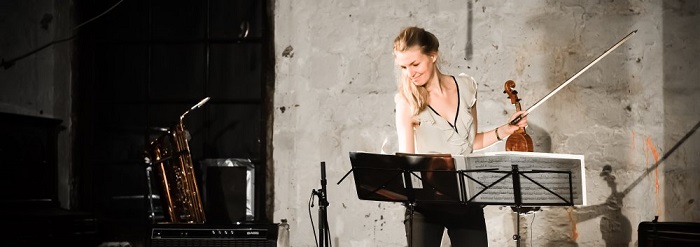
Karin Hellqvist, source:karinhellqvist.com
E.Ch.: What does the situation of performing contemporary music look like in music schools and conservatories in Sweden? In Polish music schools Shostakovich and Prokofiev are often still regarded as contemporary composers, and music from the second half of the 20th century is completely absent. Is the education of new music similar in Sweden or do teachers pay more attention to new compositions?
K. H.: I think classical music education is in need of a renewal overall and in many places this slowly starts to happen. We must introduce and embrace current music trends and repertoire as a renewing force and highlight it in the curriculum. In many institutions new music is still seen as something the students can do aside of their classical education or perhaps when there is some spare time left. According to me, this applies not only to the actual playing of your instrument but also to the new challenges young musicians meet today; freelance life outside of the orchestras, technology, building your career and creating a work platform. Teachers in educational institutions have a responsibility to see the music of today as a vital power and not as a threat to the classical repertoire. I always try to inspire classical music students to welcome new music, show them how they can benefit from it, and how to find new ways to be a musician. Just as much as we focus on teaching students to win orchestra competitions we should prepare them for other eventualities.
In Sweden there is the will to do contemporary music in the academies but most activities still seem to be initiated from the composition institutions and individual initiatives.
E.Ch.: When I look at your concert schedule I cannot see the symptoms of crisis in contemporary music – you play so many concerts as a soloist and with ensembles. What is your opinion – is new music doing well or does it need more advertising?
K. H.: I think contemporary music in many ways is developing, spreading and becoming more and more international. In Europe we see how many new education programs are teaching young musicians to become specialists of new music and young ensembles are constantly forming, actively seeking out collaborations. So I think the future is bright. Where the work still needs to be done though is to retie the bonds between classical and contemporary music. Orchestras have big responsibilities here, responsibilities that I think too few orchestras recognize. New music must be brought back in the concert halls as a natural part of the musical development and not regarded as an underground sub-genre for especially interested people. Not only for the future of new music but for the classical tradition.
[youtube_sc url=E6421evH1m8]
E.Ch.: You give concerts all around the word. Does the audience (on contemporary concerts and festivals) differ in various countries?
K. H.: Each festival and each country has its different audience and concert atmosphere. What I enjoy in an audience, something that is difficult to predict where to find, is the hunger for the new and a sense of openness.
E.Ch.: Does it sometimes happen that one piece elicits diverse responses?
K. H.: Definitely, some pieces are received variously in different concert halls and therefore careful programming is always important. A certain scene or festival might embrace the virtuoso ideal for example while in other places conceptualism is strongly valued and a show off piece might feel utterly out of place.
E.Ch.: Last year you performed at Słuchalnia concert cycle in Toruń, few years ago you gave workshops at the Music Academy in Bydgoszcz. You also cooperate with young Polish composers. What are you observations on Polish audience and artists?
K. H.: I enjoy so much to perform in Poland and to collaborate with Polish composers. I find the audience and scene very open and interested there and I’m also impressed with the debate and discussions in media that seem to follow important events and concerts. This is very promising and something I hope more scenes would be inspired by. In Poland you have such a great lineup of festivals too, presenting up to date Polish and international music.
Polish composers and concert arrangers I find very dedicated and lively. I have enjoyed working with for example concert arranger Małgorzata Burzyńska, composers Dobromila Jaskot and Dominik Karski and sound engineer Kamil Keska, and admire what they make happen in institutions and concert halls. The Polish music I came across, if possible to generalize, has a expressiveness, power and sensuality that appeals to me. I find that many Polish composers also have a strong fundament in the craft and nurture a love for the classical instruments.
Dominik Karski: Certainty’s Flux for amplified solo violin, live at Warsaw Autumn
E.Ch.: What are your upcoming concert plans?
K. H.: While writing this I am in New York for a series of concert at the MATA festival, a festival focusing on young composers from around the world. The festival present a broad spectrum of new music styles and is not afraid of quite creative programming. In the weekend I’ll be back in Stockholm to premiere a new concerto for violin and string orchestra by Swedish composer David Lennartsson. Apart from my chamber music activities that run constantly I am currently building a new solo repertoire in collaboration with some very interesting composers. Part of the project will be presented this year at the Ultima Festival in Oslo. I’m also looking forward to continue presenting a dance performance with the Norwegian company Ingun Bjørnsgaard Prosjekt in which I perform early and contemporary music as an active character on stage.
[youtube_sc url=wcykkHLlI7M]



